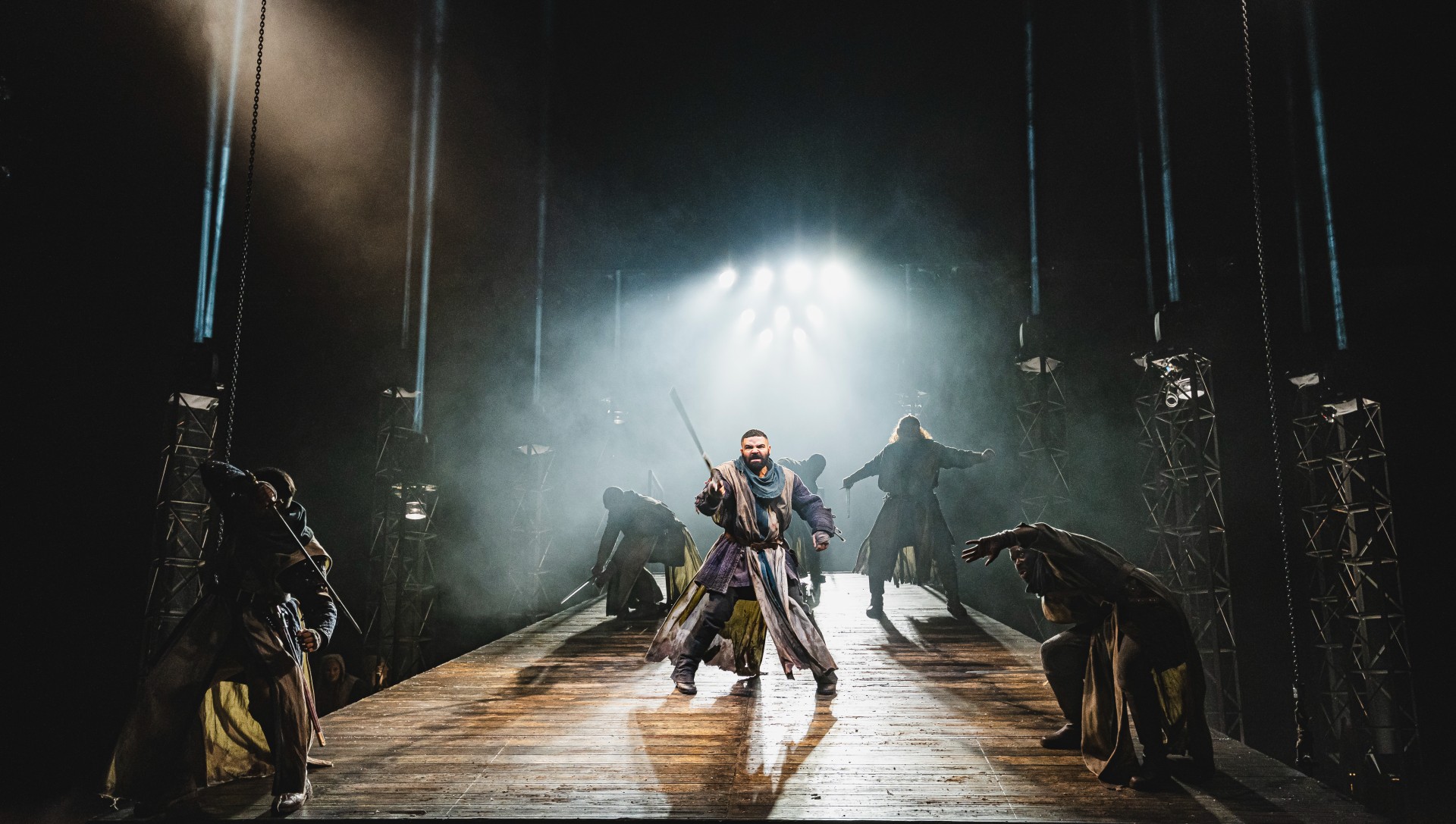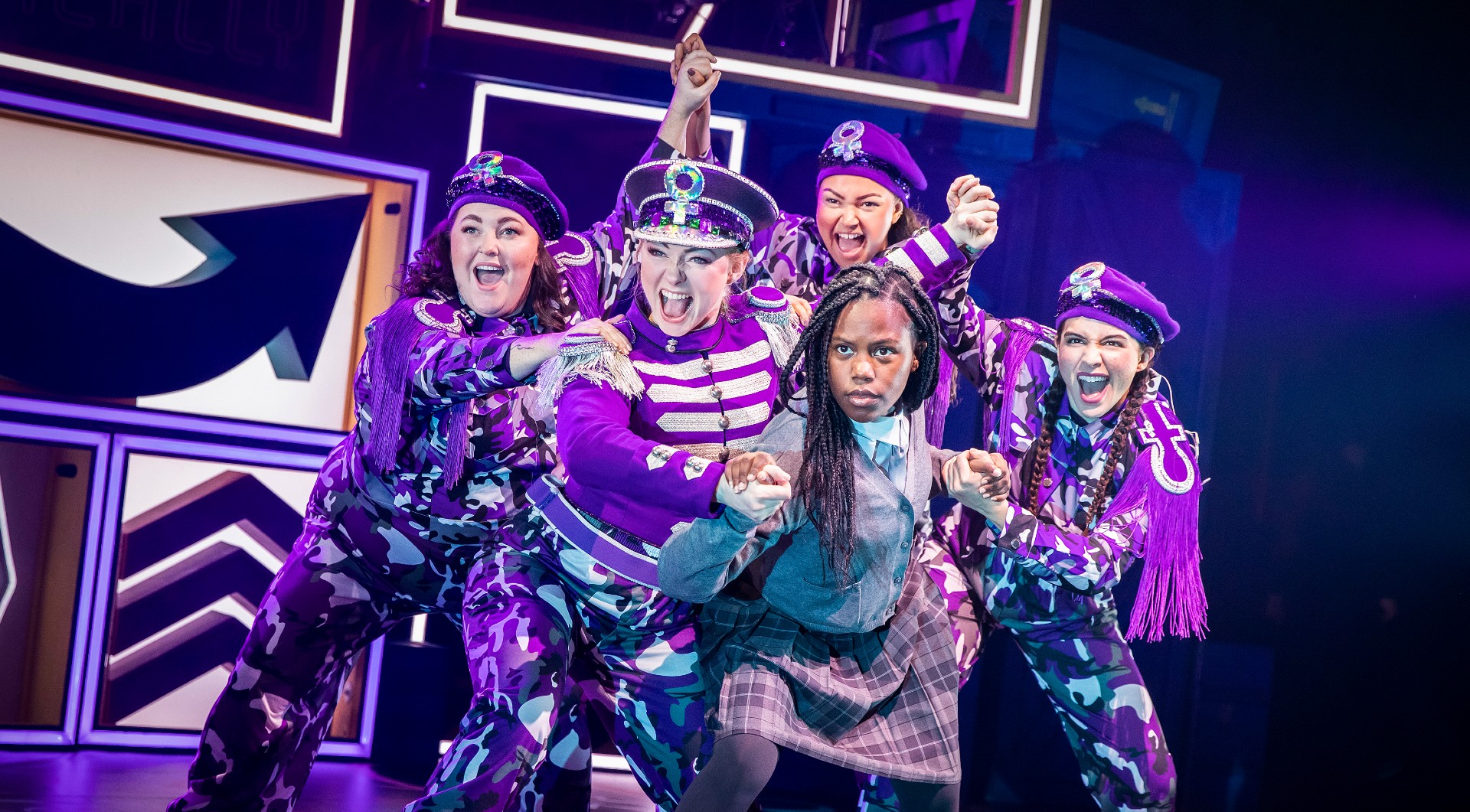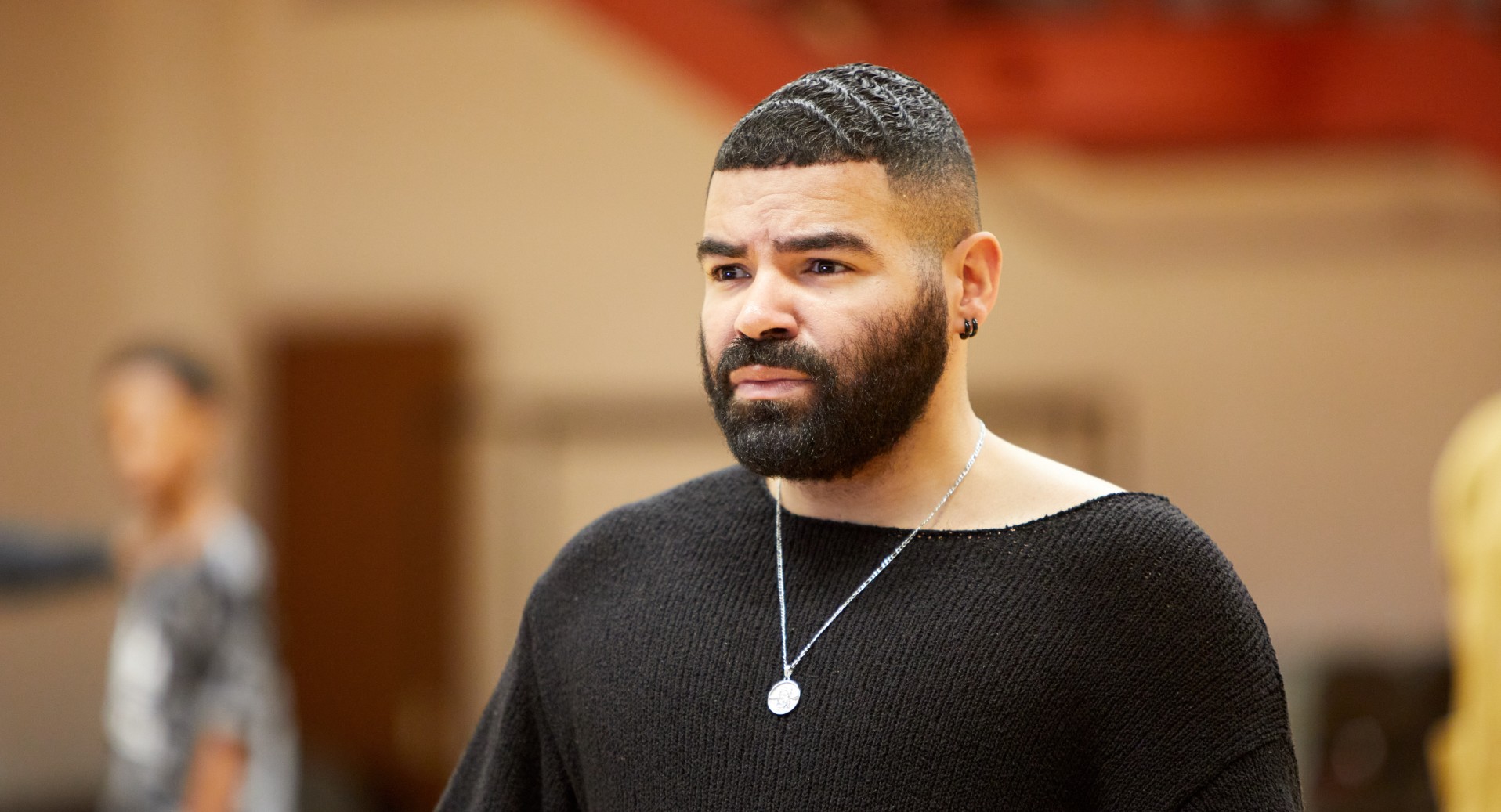Cabaret is one of my all-time favourite musicals. As a teenager I devoured the film starring Liza Minelli and as a teacher, I have directed the original stage show.
Both film and stage versions are fantastic, despite having noticeable differences in story and songs. This touring production is the first time I’ve seen this version of it and I was intrigued to see how it’d been updated for a 21st Century audience.
Cabaret is based on the 1939 novel Goodbye to Berlin by Christopher Isherwood and follows the story of the English cabaret singer, Sally Bowles, and her whirlwind romance with aspiring American novelist Cliff Bradshaw. Set in 1931 Berlin, the musical contrasts the frivolity of the KitKat Klub cabaret bar with the rise to power of the notorious Nazi Party. Cliff becomes horrified at how the beliefs of the Party are changing the nature of this electrifying city and sees the consequences affect those closest to him, especially the upcoming union of his landlord, Fraulein Schnider, and her friend, Jewish Greengrocer Herr Schultz.
This production of Cabaret was first created by director Rufus Norris back in 2012 and has been performed with various cast alterations ever since. However, the set, choreography and script changes have remained virtually unaltered. On looking through the programme I was delighted to see they had merged all the songs from the original stage production, even lesser-known numbers like Don’t Tell Mama, with some of the additional songs they added into the film, such as The Money Song and Mein Herr. The story itself is more in line with the original stage production, although they made the character of Cliff much more promiscuous and highlighted his bisexuality, as was the case in the film, but here by including an affair with one of the Male Kitkat Klub dancers, Bobby.
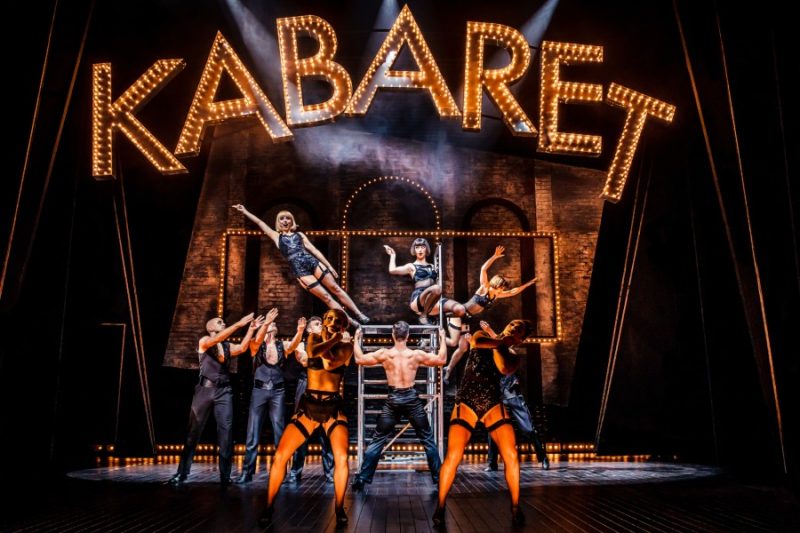
There are some things about this production that I absolutely loved. The ensemble for one were powerful and energetic and flawlessly timed, with utter commitment to the role: indeed, in many places, they even outshone the lead roles. Every single facial expression showed their focus on the moment. They were on stage for the whole performance and created the sense of excitement needed for the Kitkat Klub, with a fast tempo taken with many of the songs by a fantastic orchestra. The set was also extremely clever, being moved seamlessly by the cast between scene changes, keeping alive the sense of pace and energy.
In terms of the acting, the chemistry between Fraulein Schneider and Herr Schultz, performed by Anita Harris and James Patterson, stole the show. Their tenderness and brutal honesty about their situations and hopes for life were almost poetic, and you are genuinely devastated at the Nazis’ influence on their lives. Their subtle and sensitive performances created a marked contrast with the rest of the play and you sincerely believed in their relationship and plight.
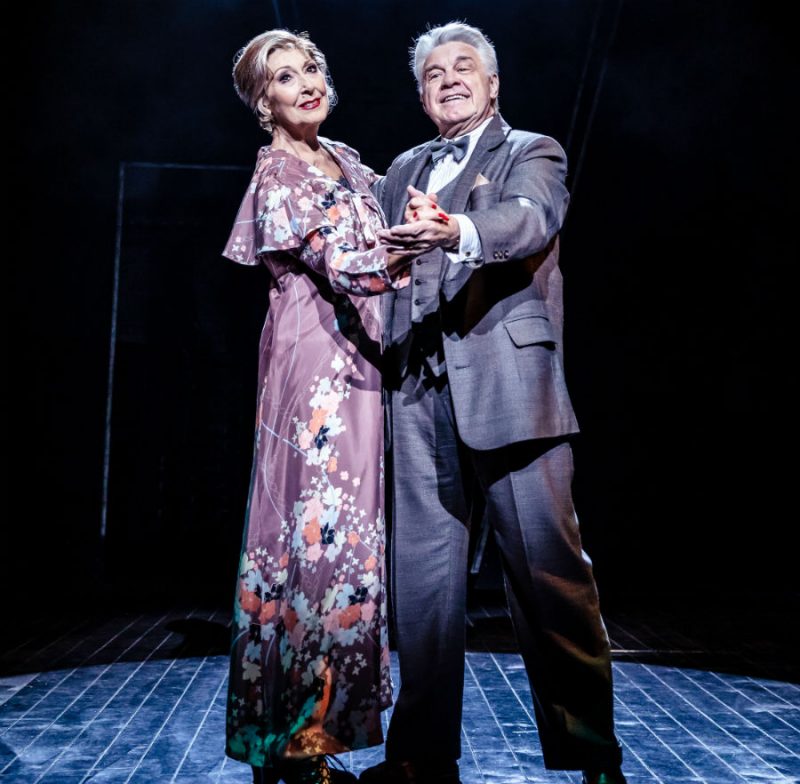
Now for the downside, and unfortunately there are a few aspects. Firstly, if you were hoping to see the iconic Bob Fosse style dance actions, you’ll be sadly disappointed. The charm of the original production and the film was that it was dark, but also flirtatious and sexual in an inviting way. In this production, the choreography is simply dark and sexually aggressive…excessively so, in my view.
The performers in the Kitkat Klub weren’t welcoming as they should be: the Emcee asking you to ‘leave your troubles behind’. If you were a guest of this venue you would be left simply terrified that the dancers would attack you after the show, they were so full of anger. This was only heightened by the director’s decision to bring in regular drug use to the production. If this is his way of appealing to a modern 21st Century audience, then he didn’t quite get the angle right and, frankly, it was unnecessary. Christopher Isherwood described Berlin’s clubs in this period as ‘smoky sexuality’, and I think he would have found it difficult to recognise early 1930’s Berlin in this production. It all took away from the sexiness of the production, clearly going instead for the ‘shock factor’.
In addition to the lack of Fosse actions, there was no real consistency in style of the choreography with elements of abstract symbolism – ballet, jazz…anything but Fosse. Some dance motifs seemed to emphasise the upcoming doom from the very first song. It brought a lack of cohesion to the production and some of the charm of the larger ensemble numbers, such as Money, was lost because of this over-complication and obsession with being dark and illicit.
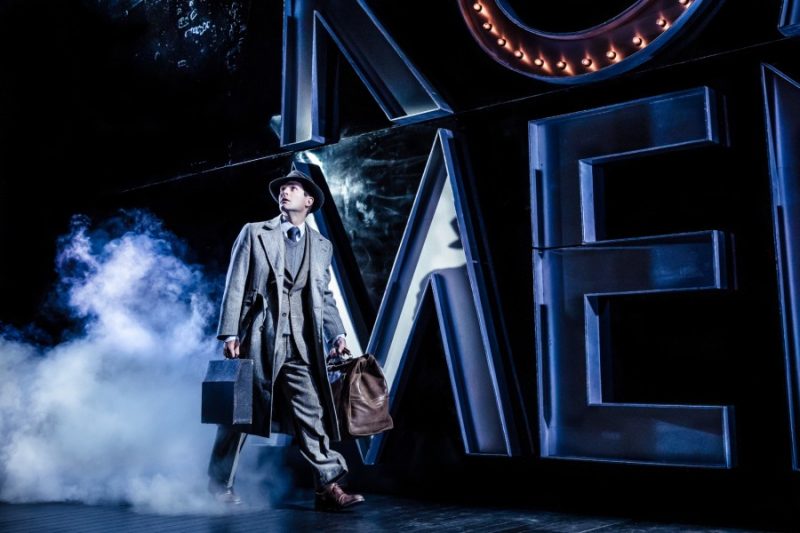
Another drawback of the production for me was the portrayal of Sally Bowles, played by Kara Lily Hayworth. Ironically, for this larger than life role, I felt that she under-played it and that her presence on stage lacked the level of credibility needed about her relationship with Cliff. This is a dream role for any actress, and whether it was the intention of the director to interpret her in this way or simply her own lack of energy, it was a disappointing performance for me. Although the enactment by her counterpart, Cliff, performed by Charles Hagerty, was much more energetic and powerful, the decision to make him become highly promiscuous detracted from his naivety and the sympathy you normally feel for him at the end of the show.
I totally understand where this interpretation was coming from. The aim was to highlight the dramatic contrast between the frivolity of the cabaret and the horrific political events occurring in Germany on the early 1930s, and the emphasis on this drama certainly demonstrates this. However, the changes to the original script made the play seem disjointed and I struggled to fully gain the sense of horror that they were hoping for at the end.
One issue of this production is that they massively went for the shock factor throughout, from the aggressively sexualised dancing at the start, to the group orgy in the song Two Ladies, the explicit drug use and the several moments of full nudity. I missed the intellectually suggestive dance actions of the original stage version, even the film version. The dancers were meant to be performers in a club but simply looked angry the whole time so you weren’t drawn into the amazing world of cabaret, as Cliff describes it at the end. We just never got to see the fun, frivolity of that world which he fell in love with: it was just angry dancing.
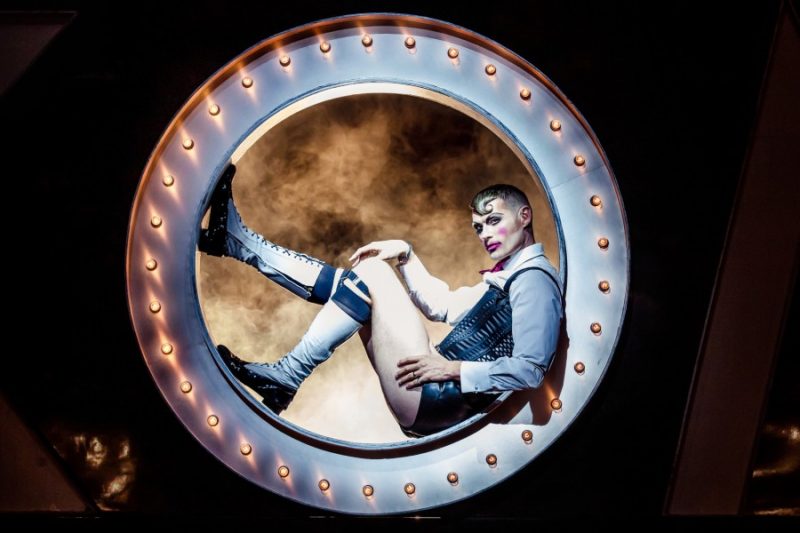
Don’t mistake me, this show was still thoroughly entertaining. There is no chance of you ever being bored and the music of Kander and Ebb is always a delight to listen to. The audience reception after the production was also fantastic, so clearly many people did leave absolutely loving this show, especially what they described as the ‘powerful ending’. I think it comes down to a matter of taste and your own expectations. Fundamentally, it’s definitely worth a watch and it’s a show you will no doubt be talking about after you leave the theatre.
Feature photograph is Kara Lily Hayworth (Sally Bowles) and Charles Haggerty (Cliff Bradshaw). Photograph by The Other Richard.

